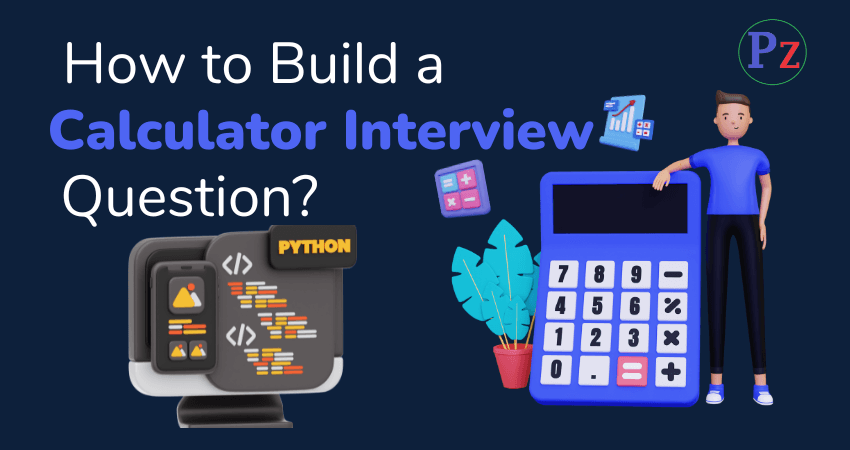1. What is an electric motor?
Electric motor is a machine which converts electrical energy into mechanical energy.
2. Define DC motor.
DC motor converts d.c electrical input into mechanical output.
3. What is the basic principle of operation of a dc motor?
The basic principle of operation of a dc motor is that, a current carrying conductor placed in a magnetic field experiences a force tending to move it.
4. Define back emf.
When a motor rotates, the conductors housed in the armature also rotate and cut the magnetic lines of force. So an emf is induced in the armature conductors and this induced emf opposes the supply voltage as per Lenz’s law: This induced emf is called back emf (or) counter emf.
![]()
5. What is the nature of the current flowing in the armature conductors of a dc motor?
Alternating current is flowing through the armature. This alternating current is converted into de by using commutator.
6. State Fleming’s left hand rule.
The direction of rotation is given by Fleming’s left hand rule. If the thumb, fore finger and middle finger of the left hand are held such that the three fingers are at mutually perpendicular directions, and if the fore finger indicates direction of the field, and the middle finger, the direction of current then the thumb points to the direction of rotation.
7. What is a separately excited d.c motor?
In this motor, field winding and armature windings are separated. The field winding is excited by a separate DC source. That is why it is called separately excited DC motor.
8. What is a DC series motor?
In a DC series motor, the field winding is connected in series with the armature. The field winding should have less number of turns of thick wire.
9. What is a compound motor?
A dc motor consisting of both series and shunt field winding is called a compound motor.
10. What is a cumulative compound motor?
In cumulative compound motor, the two field winding fluxes aid each other, flux due to the series field winding strengthens the flux due to the field winding.
11. What is a differential compound motor?
In differential compound motor, the two field winding fluxes oppose each other. flux due to series field winding weakness the field due to shunt field winding.
12. What is the relation between speed, back emf and flux?
![]()
The speed of the motor is directly proportional to back emf Eb and inversely proportional to the flux Φ.
13. What are the characteristics of DC motors?
- Speed-armature current
- Torque-armature current
- Speed – torque.
14. When is a four point DC starter required in DC motors?
A four point starter is required for dc motor under field control.
15. If speed is decreased in a DC motor, what happens to the back emf and armature current?
If speed is decreased in a dc motor, the back emf decreases and armature current increases.
16. How does a series motor develop high starting torque?
In dc series motor is always start with some load. Therefore the motor armature current increases. Due to this, series motor develops high starting torque.
17. What is the necessity of a starter for staring DC motor?
When a DC motor is directly switched on, at the time of starting, the motor back emf is zero. Due to this, the armature current is very high (nearly 25 times the rated current). Due to the very high current, the motor gets damaged. To reduce the starting current of the motor a starter is used.
18. What is the function of a starter in DC motor?
- To limit the starting current
- To protect against low voltage and over load condition.
19. Name the different starters used in DC motors.
- Two point starter
- Three point starter
- Four point starter
20. Where are three point and four point starters recommended?
Three point starter – for armature speed control of dc motor (below rated speed).
Four point starter – for field speed control of dc motor (above rated speed).
21. Mention speed control methods of DC shunt motors?
- Armature control method
- Field control method
- Voltage control method
22. When you will say the motor is running at base speed?
The motor is operate at rated voltage and rated field current, then it runs at base speed or rated speed of the motor.
23. What is meant by electric braking?
In electric braking, the motor is made to work as generator. so it produces a negative slip and negative torque (braking torque). This is achieved by suitably changing the electrical connections of the motor.
24. What are the different types of electric braking of motor?
- Regenerative braking
- Dynamic braking
- Plugging.
25. What are the advantages of electric braking?
- High efficient method
- low maintenance.
- braking is very smooth
26. What is meant by regenerative braking?
In the regenerative braking operation, the motor operators as a generator, while it is still connected to the supply. Here, the motor speed is greater than the synchronous speed. Mechanical energy is converted into electrical energy, part of which is returned to the supply and rest of the energy is last as heat in the winding and bearings.
27. What is dynamic braking?
When an electric motor rotates, a kinetic energy is stored in its rotating mass. During dynamic braking the kinetic energy of the motor is converted into electric energy. This energy is dissipated in resistive elements.
28. How will you change the direction of rotation of a DC shunt motor?
DC motor speed can be changed by reversing the armature terminals or field terminals.
- See More : DC Generators Q&A
- See More : Microcontroller Q&A
- See More : I/O Interfacing Q&A






